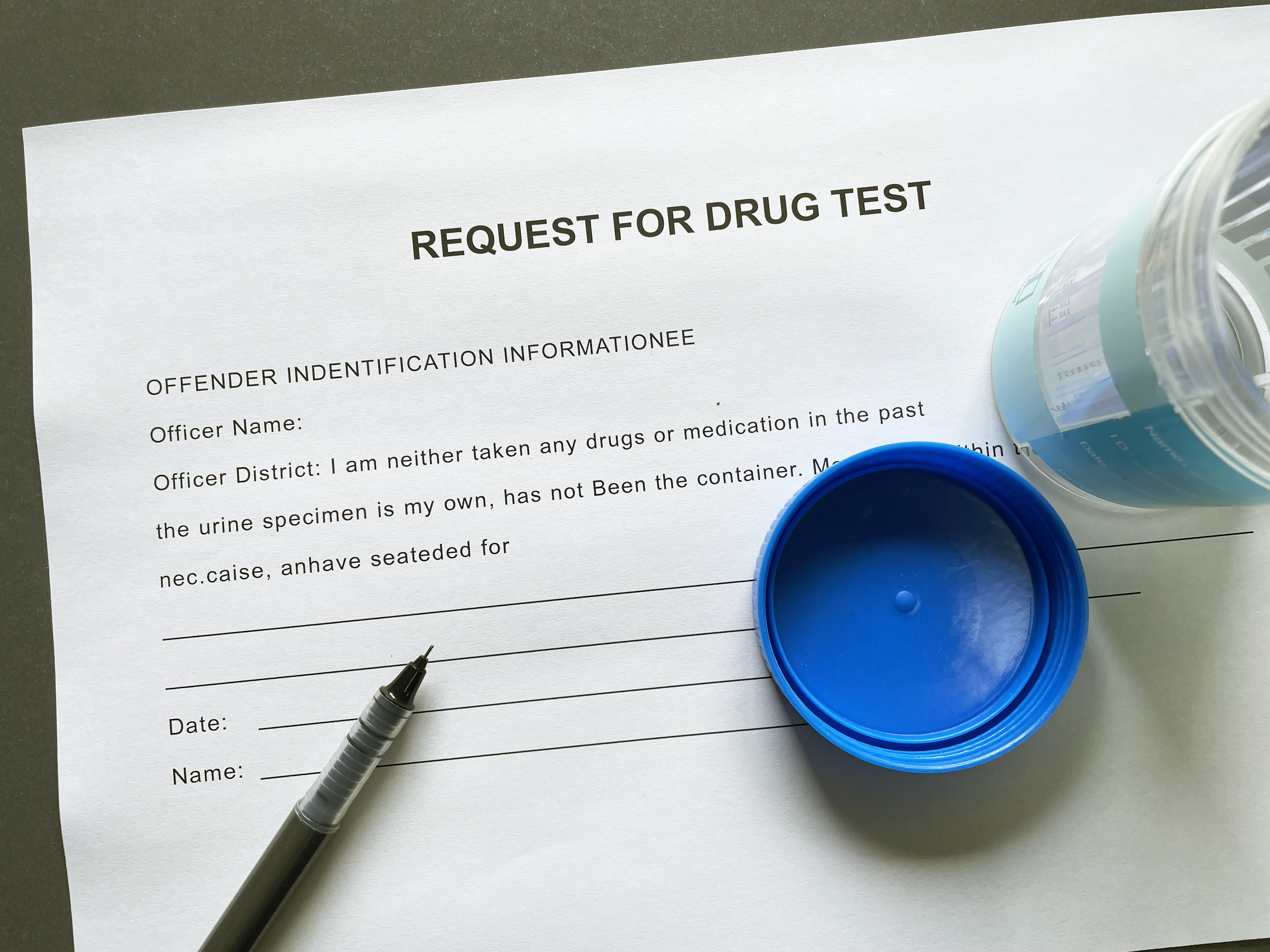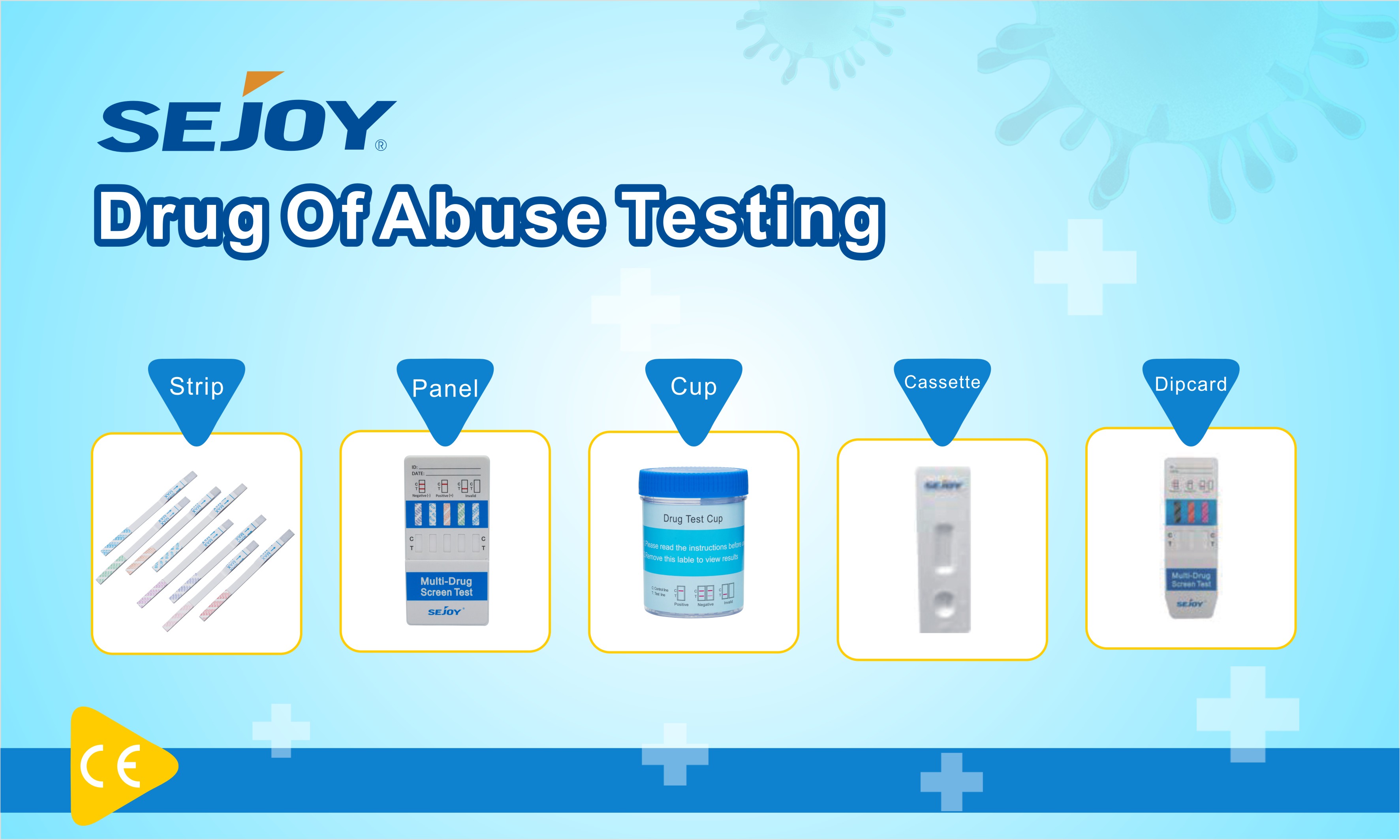A drug test is a technical analysis of a biological specimen, for example urine, hair, blood, breath, sweat, or oral fluid/saliva—to determine the presence or absence of specified parent drugs or their metabolites. Major applications of drug testing include detection of the presence of performance enhancing steroids in sport, employers and parole/probation officers screening for drugs prohibited by law (such as cocaine, methamphetamine, and heroin) and police officers testing for the presence and concentration of alcohol (ethanol)in the blood commonly referred to as BAC (blood alcohol content). BAC tests are typically administered via a breathalyzer while urinalysis is used for the vast majority of drug testing in sports and the workplace. Numerous other methods with varying degrees of accuracy, sensitivity (detection threshold/cutoff), and detection periods exist.
A drug test may also refer to a test that provides quantitative chemical analysis of an illegal drug, typically intended to help with responsible drug use.[1]
Urine analysis is primarily used because of its low cost. Urine drug testing is one of the most common testing methods used. The enzyme-multiplied immune test is the most frequently used urinalysis. Complaints have been made about the relatively high rates of false positives using this test.[2]
Urine drug tests screen the urine for the presence of a parent drug or its metabolites. The level of drug or its metabolites is not predictive of when the drug was taken or how much the patient used.[citation needed]
Urine drug testing is an immunoassay based on the principle of competitive binding. Drugs which may be present in the urine specimen compete against their respective drug conjugate for binding sites on their specific antibody. During testing, a urine specimen migrates upward by capillary action. A drug, if present in the urine specimen below its cut-off concentration, will not saturate the binding sites of its specific antibody. The antibody will then react with the drug-protein conjugate and a visible colored line will show up in the test line region of the specific drug strip.[citation needed]
A common misconception is that a drug test that is testing for a class of drugs, for example, opioids, will detect all drugs of that class. However, most opioid tests will not reliably detect oxycodone, oxymorphone, meperidine, or fentanyl. Likewise, most benzodiazepine drug tests will not reliably detect lorazepam. However, urine drug screens that test for a specific drug, rather than an entire class, are often available.
When an employer requests a drug test from an employee, or a physician requests a drug test from a patient, the employee or patient is typically instructed to go to a collection site or their home. The urine sample goes through a specified ‘chain of custody’ to ensure that it is not tampered with or invalidated through lab or employee error. The patient or employee’s urine is collected at a remote location in a specially designed secure cup, sealed with tamper-resistant tape, and sent to a testing laboratory to be screened for drugs (typically the Substance Abuse and Mental Health Services Administration 5 panel). The first step at the testing site is to split the urine into two aliquots. One aliquot is first screened for drugs using an analyzer that performs immunoassay as the initial screen. To ensure the specimen integrity and to detect possible adulterants, additional parameters are tested for. Some test the properties of normal urine, such as, urine creatinine, pH, and specific gravity. Others are intended to catch substances added to the urine to alter the test result, such as, oxidants (including bleach), nitrites, and gluteraldehyde. If the urine screen is positive then another aliquot of the sample is used to confirm the findings by gas chromatography—mass spectrometry (GC-MS) or liquid chromatography – mass spectrometry methodology. If requested by the physician or employer, certain drugs are screened for individually; these are generally drugs part of a chemical class that are, for one of many reasons, considered more habit-forming or of concern. For instance, oxycodone and diamorphine may be tested, both sedative analgesics. If such a test is not requested specifically, the more general test (in the preceding case, the test for opioids) will detect most of the drugs of a class, but the employer or physician will not have the benefit of the identity of the drug.
Employment-related test results are relayed to a medical review office (MRO) where a medical physician reviews the results. If the result of the screen is negative, the MRO informs the employer that the employee has no detectable drug in the urine, typically within 24 hours. However, if the test result of the immunoassay and GC-MS are non-negative and show a concentration level of parent drug or metabolite above the established limit, the MRO contacts the employee to determine if there is any legitimate reason—such as a medical treatment or prescription.
[1] ”I spent my weekend testing drugs at a festival”. The Independent. July 25, 2016. Retrieved May 18, 2017.
[2] U.S. Department of Transportation: National Highway Traffic Safety Administration (DOT HS 810 704). Pilot Test of New Roadside Survey Methodology for Impaired Driving. January, 2007.
Post time: May-30-2022



